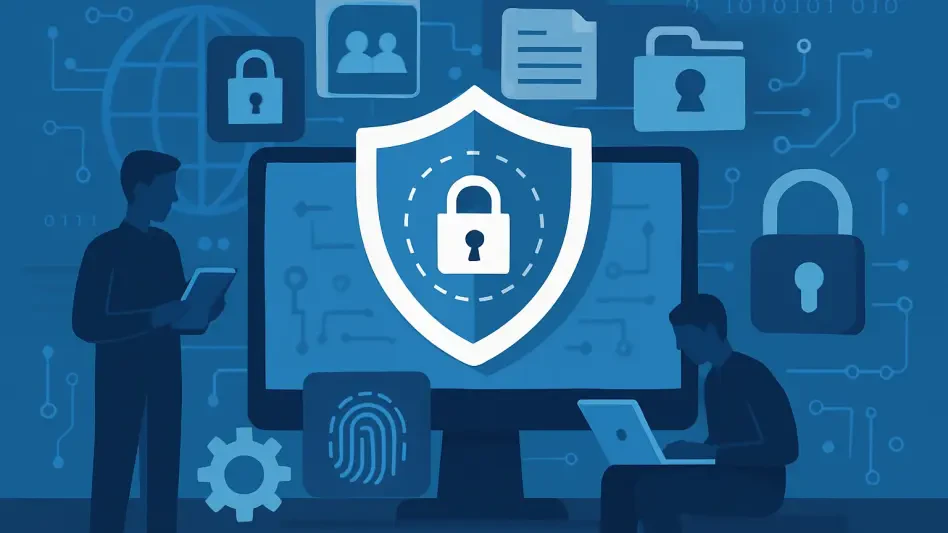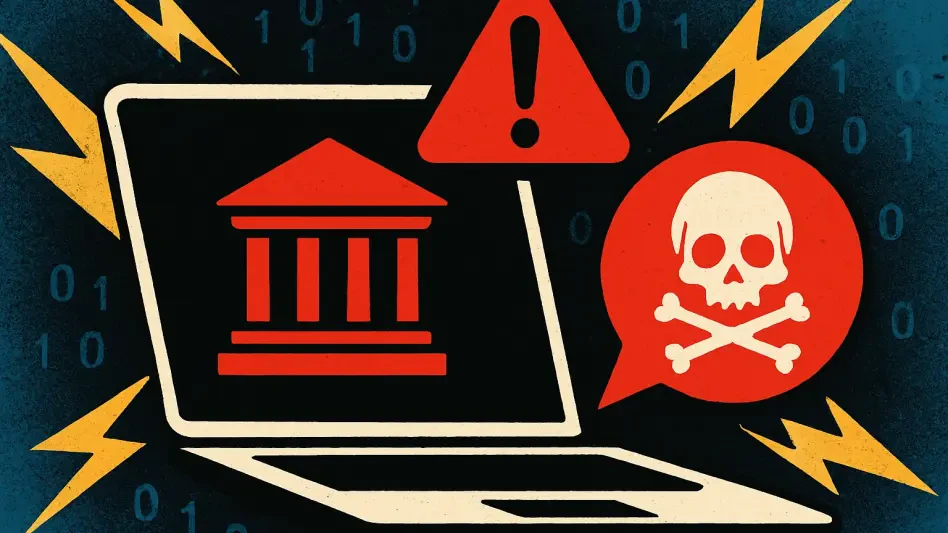In an era where digital landscapes are expanding at an unprecedented pace, the recent data breaches at two global giants have sent shockwaves through the corporate world, exposing the fragility of even the most established security systems and highlighting the urgent need for stronger defenses. Both Intel, a titan in the semiconductor industry, and Hyundai Motor America, a key player in the automotive sector, have fallen victim to significant cyber incidents that compromised sensitive information on a massive scale. These events not only highlight the persistent and evolving nature of cyber threats but also underscore the urgent need for companies to rethink their defense mechanisms. As businesses increasingly rely on interconnected technologies, the stakes for protecting proprietary and personal data have never been higher. This alarming scenario sets the stage for a deeper exploration into how these breaches unfolded, the specific vulnerabilities exploited, and the broader implications for cybersecurity across industries.
Corporate Cybersecurity Under Siege
Insider Threats Exposed at a Tech Giant
A staggering breach at a leading semiconductor company has revealed the profound dangers posed by insider threats, particularly during periods of organizational upheaval. A former employee, terminated amid a workforce reduction earlier this year, allegedly exploited lingering access privileges to extract approximately 18,000 highly confidential documents labeled as “top secret.” In the weeks following the termination, this individual reportedly transferred the stolen data to external entities, potentially for financial gain. The company has responded by initiating a federal lawsuit, seeking damages of $250,000 and a court order to halt any further dissemination of the sensitive information. This incident serves as a stark reminder that internal risks can be just as devastating as external attacks, especially when proper access controls and monitoring systems are not rigorously enforced during transitions like layoffs or restructuring.
The fallout from this breach extends beyond immediate financial losses, casting a shadow over the company’s reputation and raising critical questions about internal security protocols. It appears that despite initial efforts to block the former employee’s access to confidential files, gaps in the system allowed the theft to occur over an extended period. Such lapses highlight the necessity for continuous oversight and immediate revocation of credentials upon termination. Additionally, this case emphasizes the importance of fostering a culture of security awareness among employees to prevent opportunistic behavior. Companies must invest in advanced monitoring tools and conduct regular audits to detect unusual activity before it escalates into a full-blown crisis. The incident is a wake-up call for tech firms to prioritize insider threat prevention as a core component of their cybersecurity strategy, ensuring that trust within the organization is not exploited to catastrophic ends.
Automotive Data at Risk from External Attackers
In a separate but equally troubling incident, a major automotive corporation faced a cyberattack targeting its business division responsible for connected vehicle services, impacting millions of customers across several popular brands. Between late February and early March of this year, hackers potentially accessed sensitive data, including 2.7 million Social Security numbers, full names, driver’s license details, and connected vehicle information such as location and driving patterns. Discovered on March 1, the breach prompted swift action to contain the damage with the help of cybersecurity experts. The company is now in the process of notifying affected individuals, advising them to monitor financial accounts closely and activate multi-factor authentication for added protection. This breach underscores the growing vulnerability of modern vehicles, which are increasingly integrated with digital systems prone to exploitation.
The implications of this cyberattack are far-reaching, affecting not only customer trust but also the broader perception of safety in connected technologies. The vast scope of personal data compromised in this incident illustrates how deeply intertwined personal privacy is with automotive innovation. As vehicles become more reliant on internet connectivity for features like navigation and remote diagnostics, they present lucrative targets for cybercriminals seeking to exploit technological weaknesses. This event calls for a reevaluation of how automotive companies secure their digital ecosystems, emphasizing the need for robust encryption and proactive threat detection mechanisms. Furthermore, it raises concerns about regulatory oversight in the industry, pushing for stricter guidelines to ensure that customer data is safeguarded against such intrusions. The road ahead demands a collaborative effort between manufacturers and cybersecurity experts to fortify defenses in an increasingly connected world.
Lessons Learned and Future Safeguards
Strengthening Internal Defenses Against Betrayal
Reflecting on the breach caused by a disgruntled former employee at the semiconductor firm, it became evident that internal security measures must be airtight to prevent similar incidents in the future. The failure to fully revoke access rights post-termination allowed the theft of critical data, pointing to a significant oversight in protocol enforcement. Companies in high-stakes industries must adopt comprehensive offboarding processes, ensuring that all digital and physical access is immediately terminated upon an employee’s departure. Beyond procedural fixes, there is a pressing need to deploy advanced behavioral analytics to flag suspicious activities in real time. Such tools can serve as an early warning system, identifying potential insider threats before they cause irreparable harm. This breach was a costly lesson in the importance of vigilance within the ranks.
Additionally, fostering a security-conscious culture proved to be a crucial takeaway from this incident. Employee training programs that emphasize the significance of data protection and the consequences of misuse can deter potential internal threats. Regular security drills and simulations can further prepare staff to recognize and report anomalies, reducing the likelihood of insider-driven breaches. Legal actions, such as the lawsuit filed in this case, served as a necessary response, but prevention remains the ultimate goal. Industry leaders must also consider collaborating on best practices for managing workforce reductions without compromising security. By sharing insights and strategies, corporations can build a collective defense against insider risks. The incident highlighted that trust must be balanced with robust safeguards to protect invaluable intellectual property from internal sabotage.
Securing Connected Technologies in Automotive Sector
Turning to the automotive breach, the exposure of millions of customers’ personal and vehicle data in early March revealed the urgent need for enhanced cybersecurity in connected technologies. The incident demonstrated how external attackers can exploit vulnerabilities in digital systems integral to modern vehicles, compromising not just privacy but also safety. Automotive companies must prioritize the development of secure software architectures that can withstand sophisticated cyberattacks. Implementing end-to-end encryption for data transmission between vehicles and servers is a critical step in this direction. Moreover, regular software updates and patches should be mandatory to address emerging threats swiftly. This breach was a harsh reminder of the risks inherent in technological advancement within the industry.
Beyond technical solutions, the incident underscored the importance of transparency and customer communication in the aftermath of a data breach. Promptly notifying affected individuals and providing clear guidance on protective measures helped mitigate some of the damage, though trust was inevitably shaken. Regulatory bodies should also play a role by enforcing stricter cybersecurity standards for connected vehicles, ensuring that manufacturers are held accountable for data protection. Partnerships with cybersecurity firms can offer specialized expertise to anticipate and neutralize threats before they escalate. Looking back, this breach served as a pivotal moment for the automotive sector to reassess its digital defenses. As vehicles continue to evolve into data hubs, the industry must commit to safeguarding customer information with the same rigor applied to physical safety, ensuring that innovation does not come at the expense of security.








